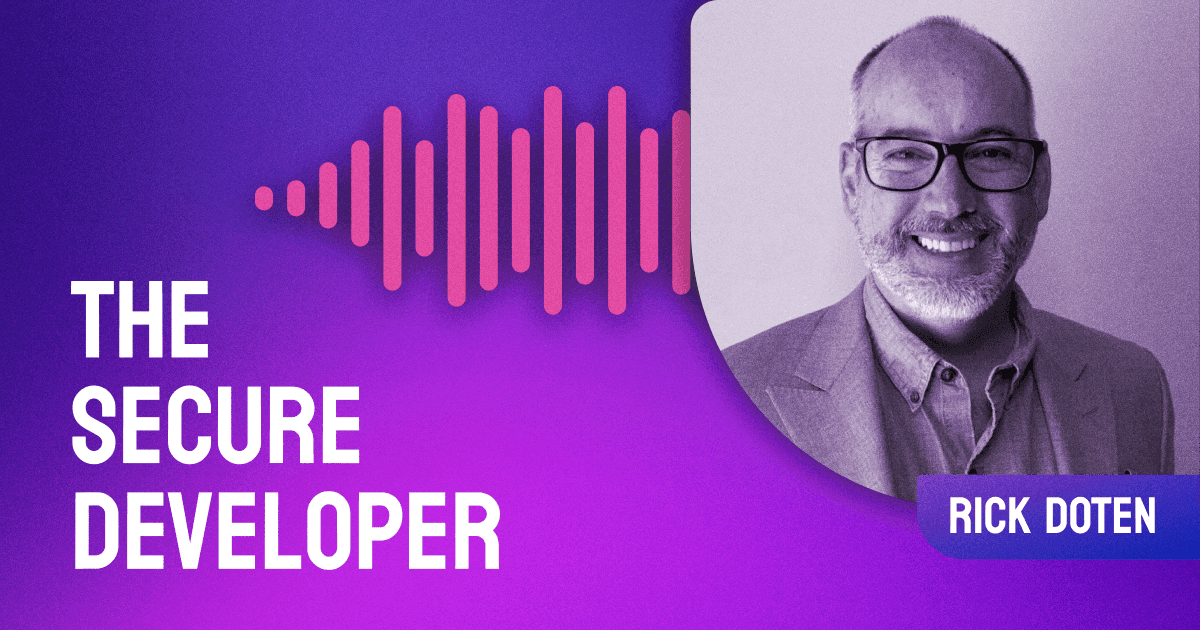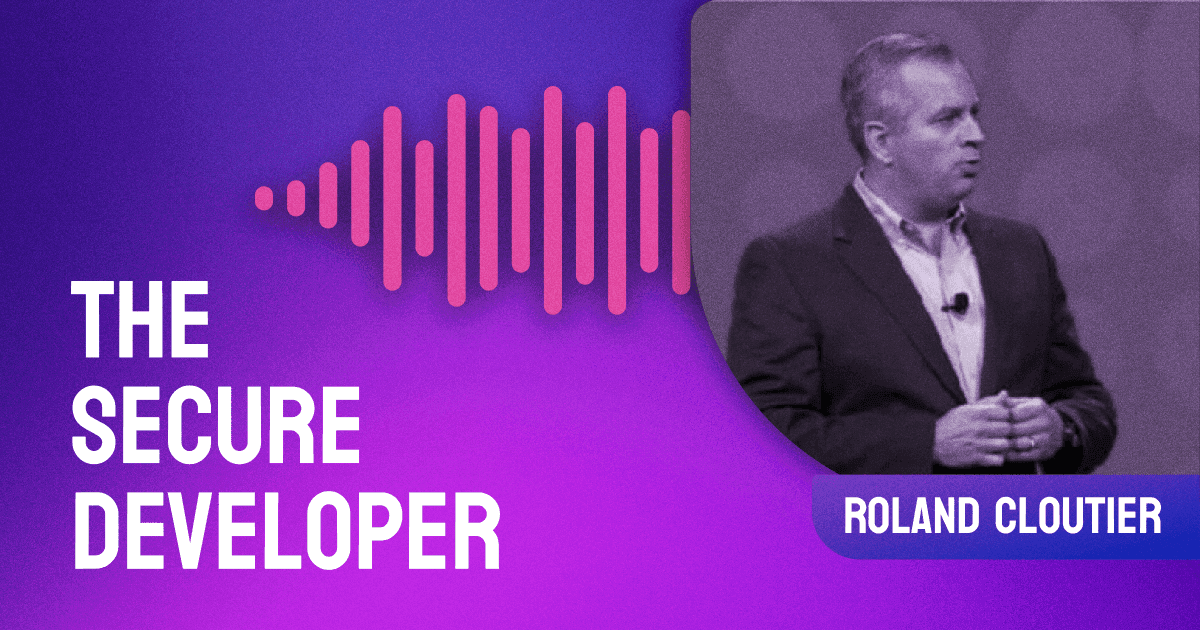In this episode we are defining the key pillars of software supply chain security. This episode is part 1 of a 4 part software supply chain series where our hosts Guy Podjarny and Simon Maple combine their analysis of this space of supply chain security with a series of interviews that we’ve had a chance to do with other supply chain security experts like Eric Brewer, Google Fellow, Adrian Ludwig, Chief Trust Officer at Atlassian, Jim Zemlin, Executive Director at Linux Foundation, Nicole Perlroth, NY Times Bestselling Author, Lena Smart, CISO MongoDB, Eli Hooten, CTO CodeCov and many more.
And we are going to try and create a clearer picture of what this topic involves, and what’s the state of the land. And try to help you understand what you should be doing about it.
In this first episode, we’ll focus on defining the problem. We’ll break up the key pillars of Supply Chain Security, and talk about what you should care about most - and why.
The second episode will get specific, covering the key terms you should know and players you should track, as well as talk about some of the most prominent or promising projects in this space, so you can deep dive.
In the third episode, we’ll give examples from practitioners actually implementing supply chain security in their organizations so that you can learn and choose which of these practices you want to adopt, and we’ll talk a bit about maturity levels, how you get started vs how you continue.
Then lastly, in the fourth episode we’ll cast our eyes forward, and talk about industry motions, what can and is being done to help the ecosystem deal with this problem, and what key changes you might expect to come down the road.





